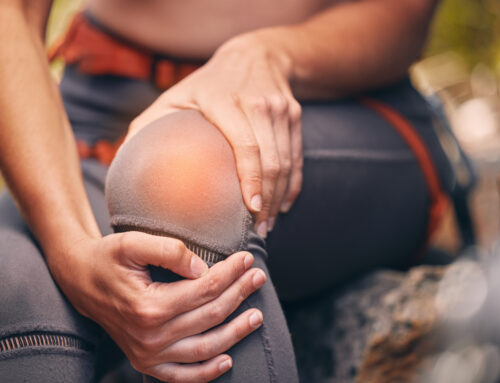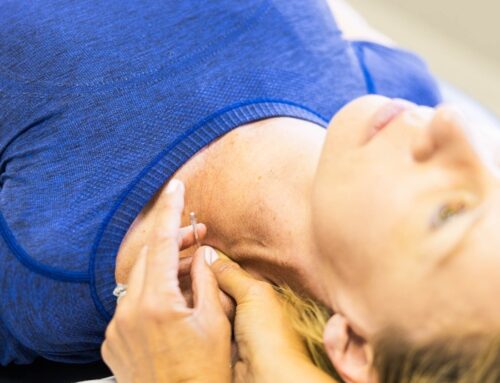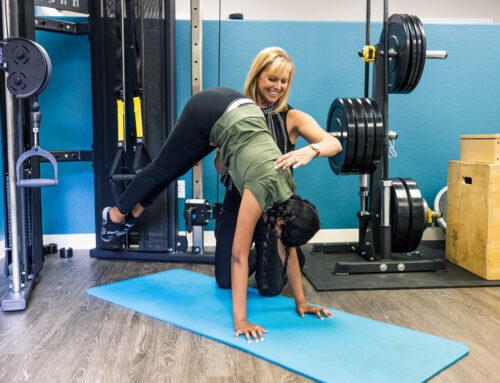It is officially spring in Reno, Nevada and after a cold winter, there is no better feeling than the sun on your face and the fresh spring air in your lungs. Spring is the perfect time to ramp up your running routine. Whether you have been training on a treadmill or an indoor track over the winter months, now is the time to get back out onto the roads and the trails in our area.
Start Small and Build
If you are just getting into running, start small and then build your strength and endurance. The biggest training mistake we see with first-time runners is they go out too hard and too fast. They are excited and want to make a big initial push. This usually results in injury or exhaustion. You are asking your body to do something it hasn’t done before, so you have to ease into it to find your boundaries and where you can push a little more. It’s about building strength and endurance over time, so depending on the distance and if you are in shape and active, you must start your training at least three months prior to the event. If you have never competed before, you may want to start getting in shape nine to 12 months prior to the event.
How to Transition from the Gym to Outside Running
Many runners rely on the gym to keep them conditioned throughout the icy winter months. This may be by running on a treadmill or using an ElliptiGO or spin bike. When you use these machines, they have a bit of inertia built in because of the mechanics of the belts. This inertia can actually make running easier because it propels you forward. When you are road or trail running, it is all body mechanics and strength that propel you forward. This can be especially taxing in the beginning when you are used to that little assist of the machines.
To prepare yourself for this change, raise the incline of your treadmill to about 1.5 percent to replicate the difficulty of running outdoors. Do workouts that include varied inclines, as well as workouts that intersperse intense intervals of very fast running on an incline with short periods of walking.
Strength Training and Variability
When you transition from gym running to outside, it does not mean you leave the gym behind. You have to continue to work on your posterior chain and build the muscles in your legs, butt, back and core. A strong core acts as a shock absorber. You want strength in your whole leg, not just your hip flexors. Strength in your whole body helps you avoid injury because one area is not compensating or overextending another.
Runners often train forwards and backwards, but do not do enough training in rotation or lateral motion to ensure strength side to side. As you ramp up your running routine in the spring, make sure you have balance in your workouts. It should not just be running. You may do three days of running, a day of HIT workouts, and a day of yoga. And don’t forget about rest and recovery – that is where the magic is.
You should also vary your runs. Mix up long and paced vs. short and intense runs so that you become metabolically efficient and are not doing the same run every day.
The Importance of Glutes Conditioning for Runners
We talk a lot about the importance of core strength and leg strength, but the glutes are the powerhouse and should not be ignored when you are ramping up your running routine for fitness or for a race. Your glutes surround the pelvis and keep it level and steady. They also extend our hips and keep everything in line from torso to pelvis to legs. So, when our glutes are underconditioned, our entire kinetic chain is disrupted. That’s why it’s important to work glute exercises into your routine. Runner’s World has a great set of 10 workouts you can do to specifically isolate and strengthen your glutes.
Tapering Before a Race
For many runners, tapering before a race seems counter intuitive, but it is an essential part to having a good run and not injuring yourself. Depending on your race, you would start to taper seven to 21 days before your race. (Longer marathons require a longer taper period so you save all your energy for race day.) That is why it is really important to back-track your training from your race date so you give yourself enough time to train and condition and also include the taper.
Ideally, you should hit your race pace the week or so before your race and then you can start to taper down. This means doing lighter workouts, less miles per run, or attacking your workouts at 60 percent instead of 100. The taper accommodates repairs of the breakdowns that happen during training so you are rested and ready for an awesome race. It allows you to conserve your energy and go into your race strong rather than broken. The recovery also prevents fatigue so you are less likely to injure yourself.





